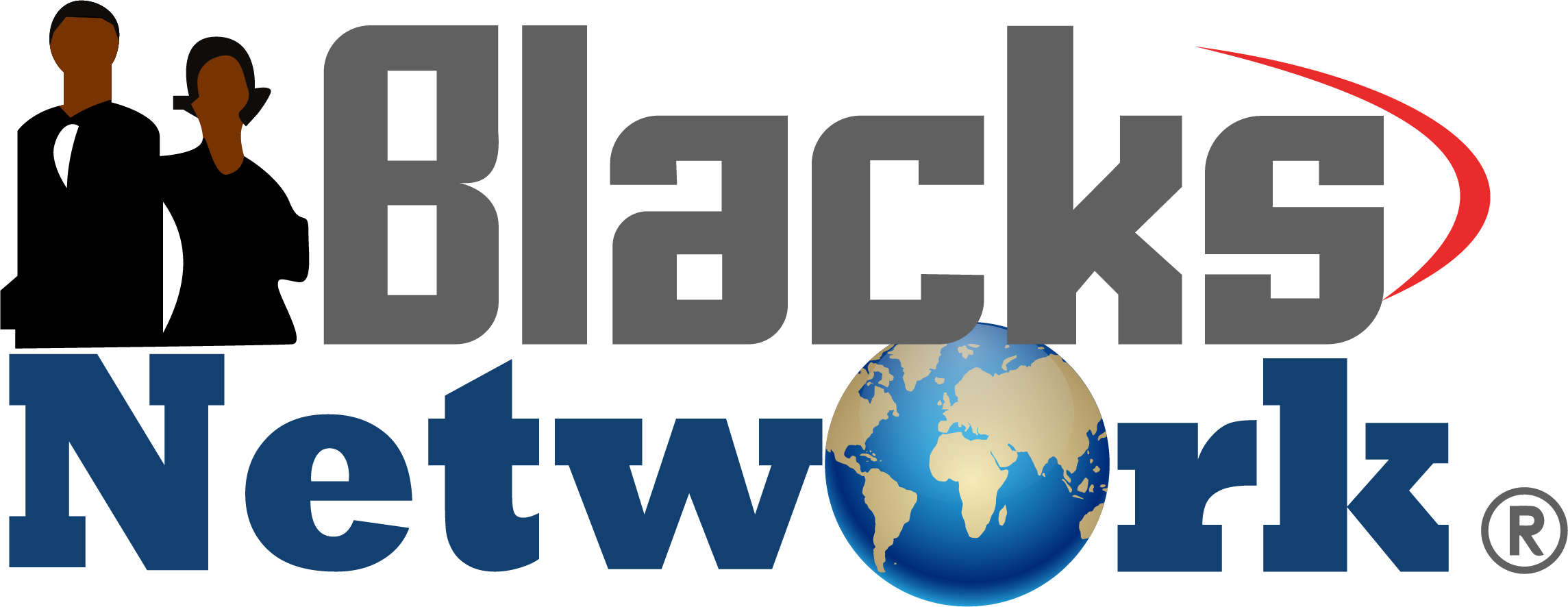
 Aug
31
Aug
31
When the Affordable Care Act was implemented, it was expected that millions more Americans would become insured and would have access to proper health care. However, the U.S. population changed, which has resulted in drastic modifications in the delivery of health care. In the recent years, the American population has senesced and become ethnically, culturally, and religiously diverse. These trends, as some researchers indicated, have the greatest impact on the healthcare delivery system.
Despite the increasing number of clinics, centers, and hospitals, the shift of cultural demographics in the U.S. population has made patients reluctant to come to healthcare facilities due to the culture gap and mistrust. In the past, Asians, African Americans, and Hispanics were settled in specific states and were considered to be minority groups. However, studies have shown that these populations have not only increased in an unexpected percentage but have dispersed around the country following better jobs and cheaper living conditions (Krogstad, 2015). Although the non-Hispanic white population will persist to be the largest single group, no ethnicity will constitute a majority by 2043 because it is projected that the USA will become a majority-minority country till that time. Culture plays a significant part in seeking treatment. More often than not, patients usually want to come to a facility and discuss their complaints to someone who is like them, who speaks their native language, and who respects and values the same beliefs and traditions. This fact gives the healthcare industry the greater challenge to employ a multicultural diverse staff. However, recruiting a more diverse healthcare workforce is easier said than being done. The problem not only lies in hiring workers from different minorities but also in retaining them. This means that company policies and operations have to be reevaluated, and corporate culture should meet the employee’s needs to motivate them to come to work the next day. The cultural shift of the demographics not only impacts all the patients in the country but also has an influence on how healthcare facilities operate.
Another major force in the demographic population is the stealth rise of the aging population. The U.S. Census Bureau projects that by 2030, more than 20% of residents in the country will be 65 years old and above, which is almost 10% more compared to the statistics in 2010. The more elderly Americans need long-term care and assistance, the greater funding and public resources the country has to give, and the more demand for the healthcare workforce appears. The data shows that 80% of the elderly population with cognitive and functional deficits receive assistance in the community principally from family members, and the remaining 20% get support in assisted living facilities and residential homes for the aged. With the percentages expected to increase, this entails more retirement homes to be constructed by every state in the country. Family spending for the elderly members faces budget constraints, so the future of healthcare insurance is connected with enhancing coverage for the aging population. Therefore, solutions that would help the rapidly growing aging populations are to expand the number of assisted living facilities and to promote funding targeting elderly Americans.
Racial diversity and the growth of the aging population are two forces in the demographic shift that are seen as major impacts in the healthcare delivery system and will continue to generate their effect over time. The healthcare system requires a larger culturally and racially diverse workforce. Moreover, it is necessary to sharpen their focus on the needs of the elderly population in efforts to maintain effective, efficient, and affordable healthcare delivery system in the U.S.
About the author
Rico Shenk has been the lead blog writer at nursing essay writing service https://elitewritings.com/nursing-writing-services.html since 2018. His passion for helping people in all aspects of online marketing flows through in the expert industry coverage he provides. In addition to blog writing, Rico is interested in technical writing and copywriting services.



 1 (877) 773-1002
1 (877) 773-1002




